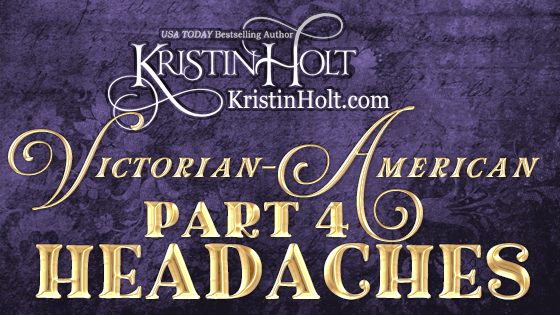
by Kristin Holt | Oct 16, 2019 | Articles
Part 4 of an 11-part series: Victorian-American Headaches. Explore five decades’ worth of advertisements for various headache remedies. Powders, capsules, tablets, beverages, and pills. Apparently remedies were gaining traction and becoming popular–though none of them contained a 19th-century chemistry breakthrough–Aspirin.
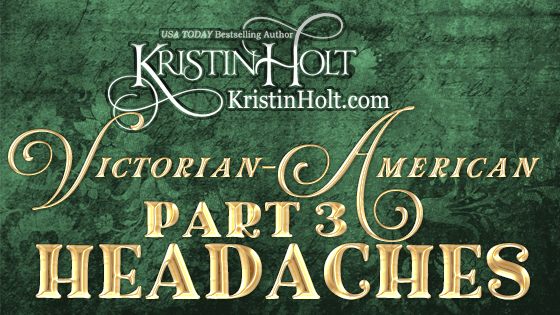
by Kristin Holt | Sep 12, 2019 | Articles
Victorian-American Headaches: Part 3 continues the 11-part series, adding to two other doctors’ perspectives, opinions, and attitudes about headaches. This 1893 newspaper article explains types of headaches, and the doctor’s urging to mothers and nurses to protect babies’ eyes. He not only mentions headache “specifics”, but he sheds much light on antipyrin, a development that made a big splash in the waters of headache management, circa 1888. Scientists developed the precursors to acetaminophen, aspirin, etc., and use of their remedies exploded. The good doctor explains the urgency of patients in obeying their doctor’s instructions and “taking their prescriptions.”
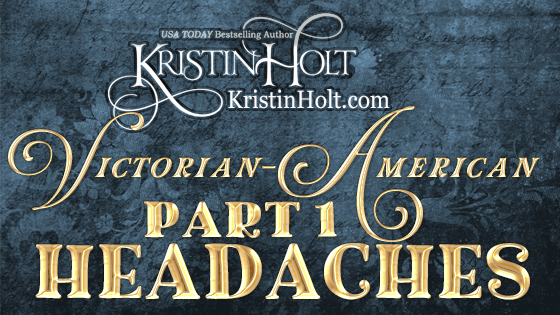
by Kristin Holt | Aug 30, 2019 | Articles
Victorian-Americans had several ideas about the common trouble of headaches– what caused the malady, what might help once a headache became entrenched, and perhaps why women suffer headaches differently than men.
Because I suffer from severe chronic headaches, I’ve often wondered what our Victorian-American ancestors did when they suffered a headache (migraine, tension headaches, etc.). What was science’s answer in the late nineteenth century? With so much primary historical information to share, I’ve prepared an eleven-part blog article series covering this fascinating subject.
This is Part 1: Why I write about headaches in in the Victorian Era United States and why hats may be to blame.
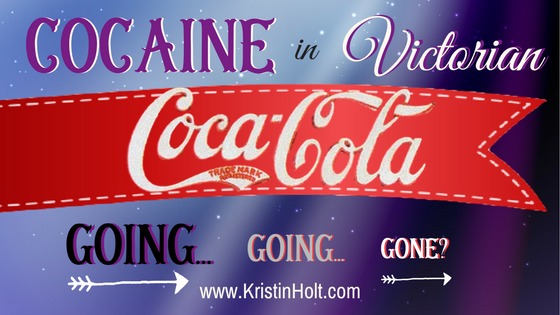
by Kristin Holt | Jul 11, 2017 | Articles
We know original Coca-Cola (debuted 1886) did have cocaine in it–and not “a trivial amount”. The product began as a replacement for coca wine (just what it sounds like), when temperance laws outlaws alcohol, and Pemberton needed a replacement vector for his coca leaves. Looking back at vintage sources, it’s easy to see when cocaine was removed from Coca-Cola, and how the owners ensured their not-yet-trademarked product remained protected. Numerous credible scientists analyzed the syrup (from various retail locations), swearing to Coca-Cola’s freedom from cocaine, but the attacks didn’t stop overnight. Decades later, Coca-Cola maintained its status as a substance-free “refreshing drink”, a 180° switch from its Patent Medicine beginning.
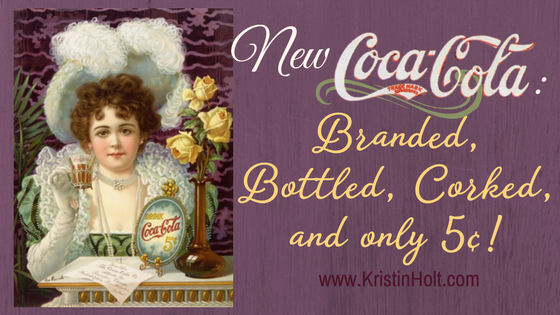
by Kristin Holt | Jul 5, 2017 | Articles
In the 1890s, Coca-Cola bottled their carbonated beverage, first in cork-sealed bottles. Metal caps came along relatively quickly. The company went through many different glass bottles until settling on their branded shape that is still in use today. Coca-Cola’s logos changed very little through the years, and the Victorian-era Spencerian script is still Coke’s highly recognizable choice today. Each glass (or bottle), about 6 oz. each, sold for just 5¢. Initially promoted as a health-promoting, illness-defeating tonic (patent medicine), the beverage was soon advertised as a refreshing beverage…and with good reason.













